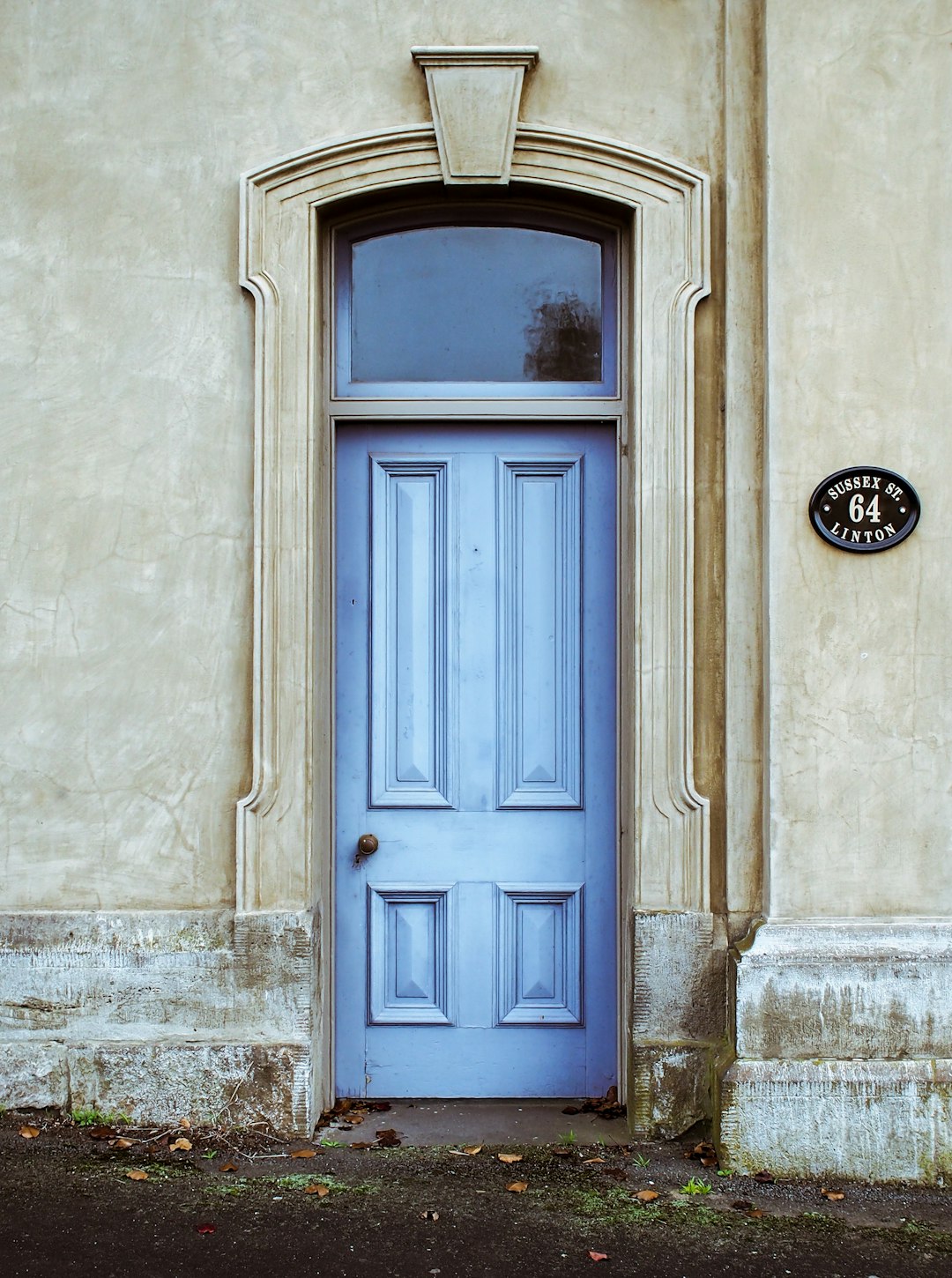Pane carasau
The preparation process of Pane carasau is as fascinating as it is flavorful. According to Sardinian tradition, the flatbread is made from durum wheat flour, water, and salt, which are kneaded into a dough and then rolled out very thin. The flatbread is then cooked on a hot plate until it becomes crisp and golden brown. This method of cooking, called “carasare” in Sardinian, results in a unique and crunchy texture.
Once cooked, Pane carasau can be eaten as-is as a snack or paired with various accompaniments such as cured meats, cheeses, and vegetables. It has a subtle, slightly sweet flavor that pairs wonderfully with savory ingredients. This unfussy and rustic dish is incredibly versatile and can be enjoyed in a variety of ways.
What I find most captivating about Pane carasau is its storied history. Dating back to ancient times, this dish was eaten by shepherds who were tending their flocks on the pastures of Sardinia. By utilizing the heat of the sun to cook the flatbread, they were able to store the bread with ease and take advantage of its long shelf-life.
Although its origins may be humble, Pane carasau has evolved over time to become a delicacy in the modern culinary world. It is a celebrated part of the Sardinian food culture and a prized part of Mediterranean cuisine in general.
Whether you appreciate it for its unique taste or its historic significance, Pane carasau is an irresistibly delicious treat that simply cannot be overlooked.
Pane carasau recipes
Amazing Pane carasau recipes sourced from the web.
The origin of Pane carasau
For those unfamiliar with the regional delicacy of Pane Carasau, it may come as a surprise that this crunchy, thin sheet of unleavened bread has a long and intriguing history. This flatbread, known as 'music paper' in the local dialect of Sardinia, Italy, due to its similarity in texture to rice paper, is two thousand years old.
The ancient origin story of Pane Carasau is one of extreme resourcefulness. Sardinian shepherds, needing to find a way to have a light and simple food-source on their lengthy treks across the island, stumbled upon the technique of producing a type of bread that could easily be stored and transported. The bread dough was divided into small balls and heated in a large pan, resulting in a thin and crunchy round of bread. This, they recognized, would remain fresh even on the longest travels and provided them with the sustenance they needed, without weighing them down.
This evolved into what we now know as Pane Carasau and is still a staple of the local diet. To make it, the raw dough is rolled until paper thin and then propped up against the walls of the oven, which give the bread its signature splintering and crunchy texture. Ironically, additional moisture is added to allow it to remain intact over long periods. The final product, once toasted, peeled off the oven wall, and salted, can last up to twelve months.
Today, Pane Carasau is served in many traditional Sardinian dishes and eaten by locals and travelers alike. For many, however, its original place in the world – as an extremely resourceful invention meant to feed hungry shepherds – is beloved and will never be forgotten.
Types of Pane carasau
The Sardinian dish Pane Carasau has been hailed as the ultimate free-form crunchy-flaky concoction, with the rippling starchy delights captivating the palates of food lovers for centuries. While Pane Carasau is most often served as an accompaniment to a variety of Mediterranean dishes, its versatility and texture also lend themselves to a range of imaginative applications.
A traditional Pane Carasau starts as a flatbread that is cooked over a hot griddle until it is light golden brown. Once cooled, the bread is cut into thin slices that are then baked in an oven or air fryer until they become crispy. The result is a cracker-like crunchy enclosure, which can be broken apart and used to scoop up sauces or simply used as a tasty snack.
For a heartier variation on the classic Pane Carasau, it can be topped with a variety of ingredients before baking. The possibilities are virtually limitless here, from sautéed vegetables to a blend of cheeses, as well as olives, tomatoes, capers, pesto, and other savoury items. This open-faced interpretation of the dish creates a tantalizing layering of textures and flavours that adds depth and complexity to every bite.
For an even more indulgent version of Pane Carasau, it can be deep-fried in olive oil until it is golden-brown and crisp. This rendition of Pane Carasau is usually seasoned with a combination of herbs and spices, making it an ideal accompaniment to soups, salads, and appetizers. It can also be served for dessert, with a dollop of nutella and raspberry jam providing a sweet and decadent contrast to the savoury base.
No matter the occasion, there's a Pane Carasau variation perfect for it. So don't be afraid to break out of the box and experiment with this traditional Italian dish, as each delicious iteration provides a unique culinary adventure.



